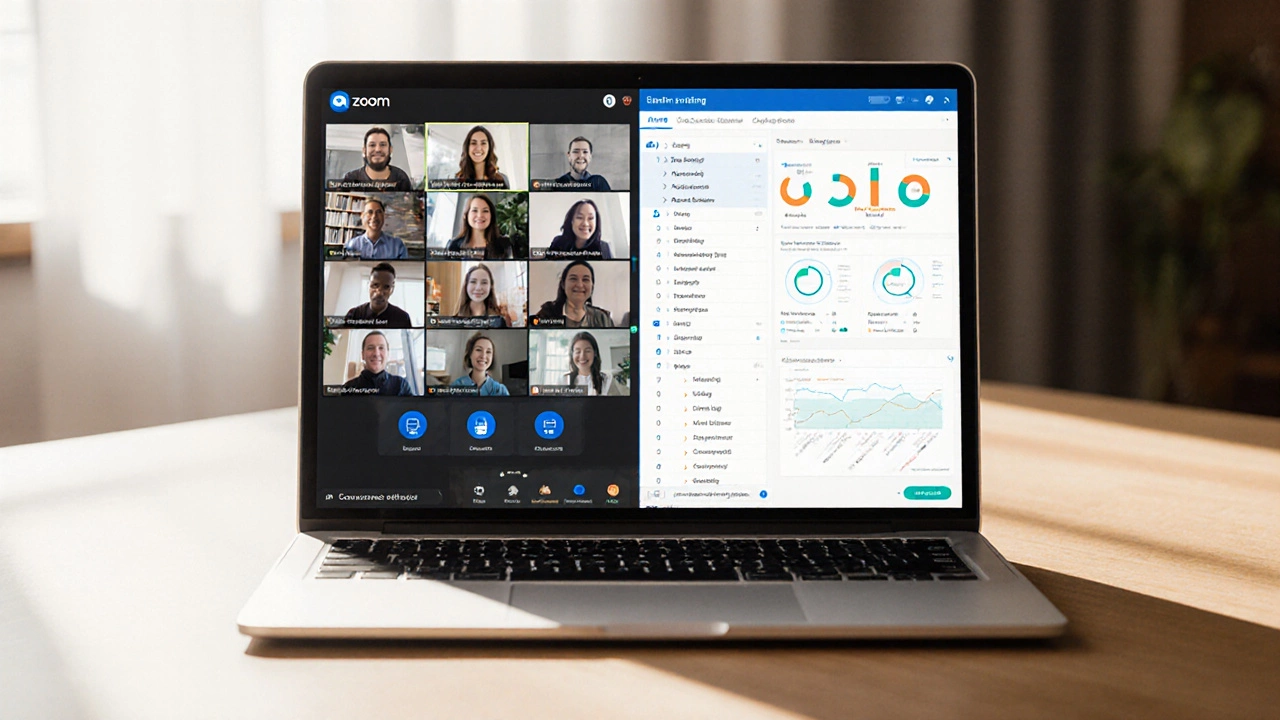Virtual Classroom: What It Is and Why It Matters
Ever wondered why schools and training centers keep talking about virtual classrooms? It’s just a fancy way of saying “learning that happens on a screen.” Instead of a chalkboard, you have a shared digital space where teachers, students, and even parents can interact in real time.
In India, the shift to virtual classrooms isn’t just a pandemic workaround—it’s becoming a permanent part of how we teach. From Tier‑1 cities to small towns, a stable internet connection and a laptop can open doors to the same lessons you’d get in a physical class. That means more flexibility, lower travel costs, and the ability to pause and replay tricky concepts.
Key Features of a Successful Virtual Classroom
Live Interaction: Video calls, chat boxes, and polls keep the class lively. When a teacher asks a quick question and students can answer instantly, the energy mimics a real classroom.
Content Sharing: Slides, PDFs, and videos can be pushed to every screen with a click. Teachers can annotate on the fly, making explanations clearer.
Assessment Tools: Quizzes, breakout rooms, and assignment uploads let you gauge understanding without waiting for paper exams.
Accessibility: Recorded sessions give students the chance to catch up if they missed a live class. This is a lifesaver for anyone balancing studies with chores or part‑time work.
Choosing the Right Tools for Your Classroom
Not every platform fits every need. Here are three popular choices you can try:
Google Classroom: Free, integrates with Docs, Slides, and Meet. Ideal for schools already using Google Workspace.
Microsoft Teams for Education: Strong file storage, built‑in assignments, and good for institutions that prefer Office 365.
Moodle: Open‑source and highly customizable. Great if you have a tech‑savvy team that can tweak the system.
When picking a tool, ask yourself: Does it run smoothly on low‑bandwidth connections? Can it handle the number of students you have? Is there support in local languages? Answering these questions saves headaches later.
Beyond the platform, consider hardware. A simple headset with a built‑in mic can dramatically improve audio quality. Encourage students to use headphones to reduce echo and background noise.
Finally, set clear expectations. Share a short “classroom guide” that explains how to join sessions, where to post questions, and how to submit work. When everyone knows the rules, the virtual space feels as orderly as a physical one.
Virtual classrooms are more than a tech trend—they’re a practical way to make education accessible across India’s diverse landscape. By focusing on interaction, good tools, and clear guidelines, teachers can deliver engaging lessons that stick. Ready to give it a try? Start with a free trial of one platform, invite a few students, and watch the learning happen in real time.
Is Zoom an eLearning Platform? Pros, Cons, and Alternatives
Explore whether Zoom qualifies as an eLearning platform, its strengths, drawbacks, and how to pair it with LMS tools for full online teaching.
read more